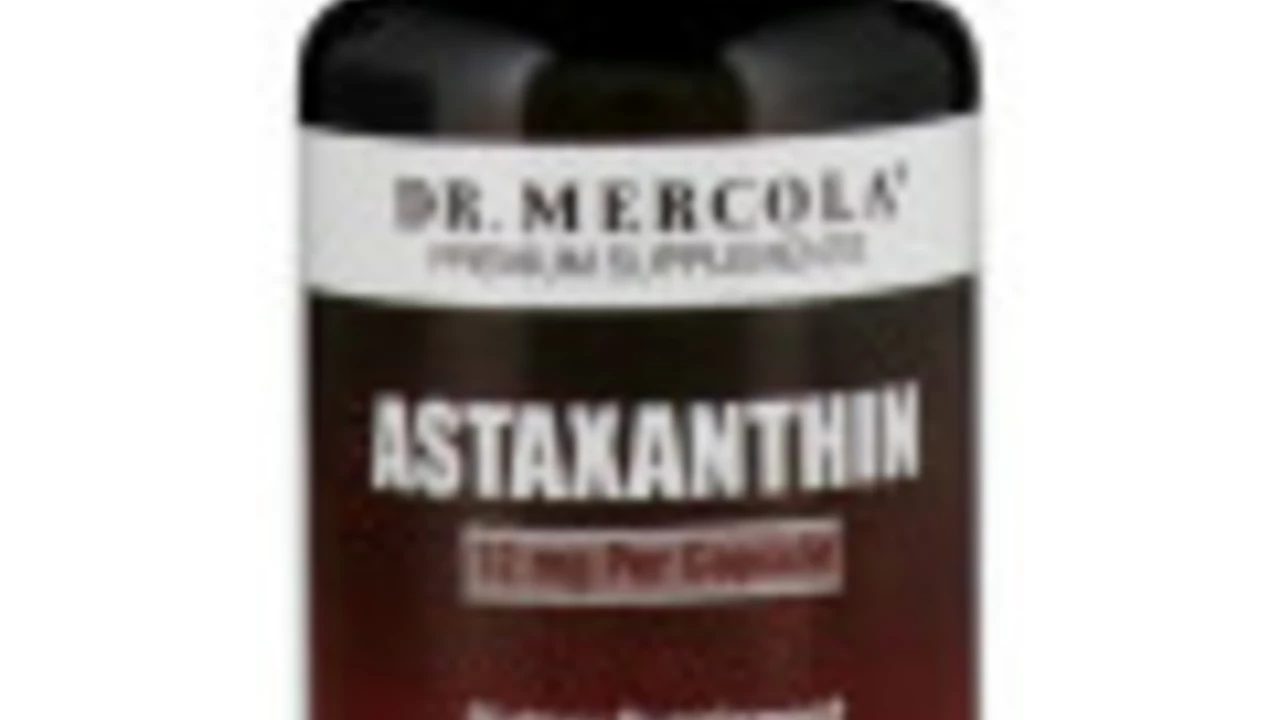I recently discovered the incredible benefits of Astaxanthin, a potent dietary supplement that has truly improved my life. This powerful antioxidant not only helps protect our cells from damage but also boosts our immune system, supports healthy aging, and even enhances our physical performance. As a blogger, I've noticed an improvement in my energy levels and mental clarity since incorporating Astaxanthin into my daily routine. If you're looking to upgrade your overall well-being, I highly recommend giving Astaxanthin a try. Trust me, you'll experience the difference for yourself!
Astaxanthin: Benefits, How to Use It, and Choosing a Supplement
Astaxanthin is a bright red pigment found in microalgae, shrimp, salmon, and krill. It’s a powerful antioxidant that people take for skin, eye health, exercise recovery, and inflammation. Unlike vitamin C or E, astaxanthin sits in cell membranes and may protect both the inside and outside of cells.
How it helps depends on dose and quality. Small human trials report better skin elasticity, reduced wrinkles, and less eye fatigue after daily doses between 4 and 12 mg for several weeks. Athletes saw lower muscle damage markers and quicker recovery with similar doses. Lab and animal studies show reduced inflammation and improved mitochondrial function, but those don’t always match human results.
How to use it safely is simple.
Most supplements are taken once daily with a meal that contains fat to boost absorption. Typical doses range from 4 mg to 12 mg. If you want to test effects on skin or eyes, allow at least 4 to 8 weeks. For exercise recovery, you may notice changes in a few weeks, but studies usually run a month or more.
Pick the right product. Natural astaxanthin comes from the microalga Haematococcus pluvialis and tends to have better absorption than synthetic forms. Look for labels that list source, dose per capsule, and third-party testing like USP, NSF, or independent labs. Avoid products that promise unreal results or pair astaxanthin with too many unproven herbs.
Who should be cautious? Pregnant or breastfeeding people should avoid supplements unless their doctor approves. Astaxanthin may lower blood pressure slightly and could interact with blood-thinning medications. If you take statins, blood thinners, or immune-modulating drugs, check with a clinician before starting.
A few practical tips: take astaxanthin with breakfast that includes eggs, avocado, or olive oil; store bottles away from heat and light; and start at a low dose if you have a history of allergies to seafood. If you notice stomach upset, reduce dose or stop and consult a provider.
What results to expect:
modest improvements are common—less eye strain, slightly firmer skin, and milder post-workout soreness. It’s not a miracle drug, but it’s a low-risk option with growing human data.
Want to try it? Pick a natural, third-party tested product at 4–8 mg to start. Keep a simple log of symptoms like sleep, skin, and workout recovery for four to eight weeks to see if it helps you. If no benefit shows up, you can stop without long-term risks.
Compare supplements by price per mg, not bottle size. Natural astaxanthin costs more because growing Haematococcus needs controlled light and nutrients. A good product usually ranges from $0.10 to $0.50 per 4 mg dose depending on brand and testing. Don’t mix high-dose antioxidants without medical advice; combining with vitamins A, E, or very high-dose omega-3s may change effects. Report any odd symptoms like persistent stomach pain, unusual bruising, or allergic reactions. If you’re on prescription meds, bring the supplement label to your next appointment so your clinician can advise safely. Start slow and track changes weekly, consistently.

